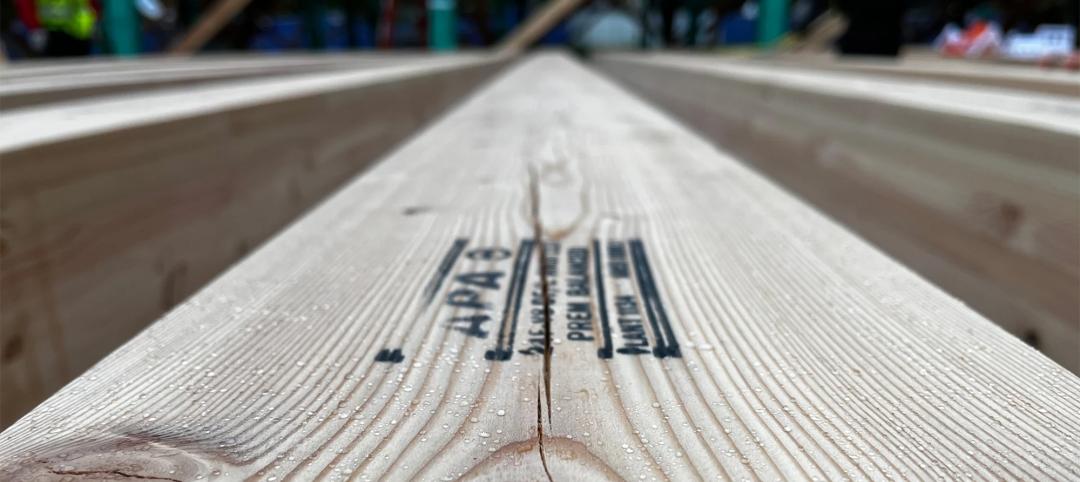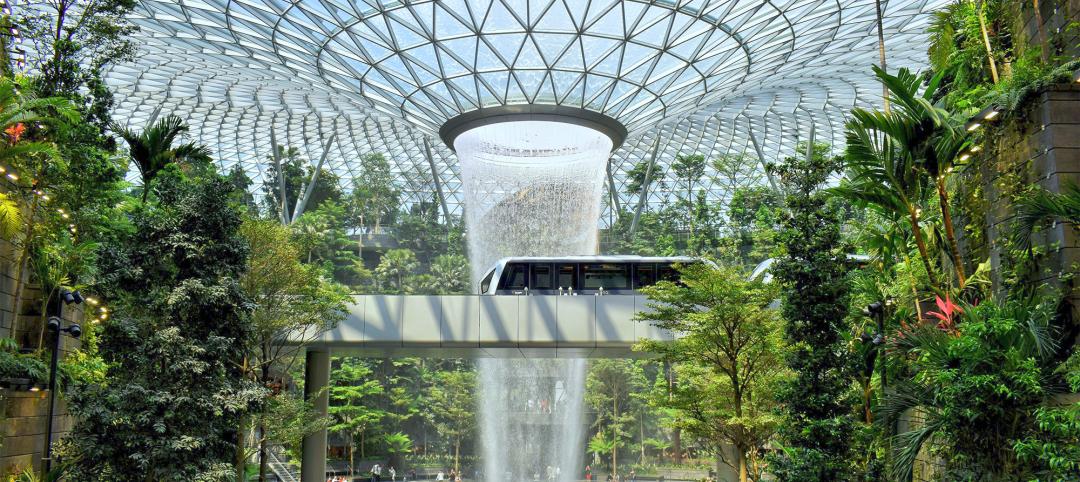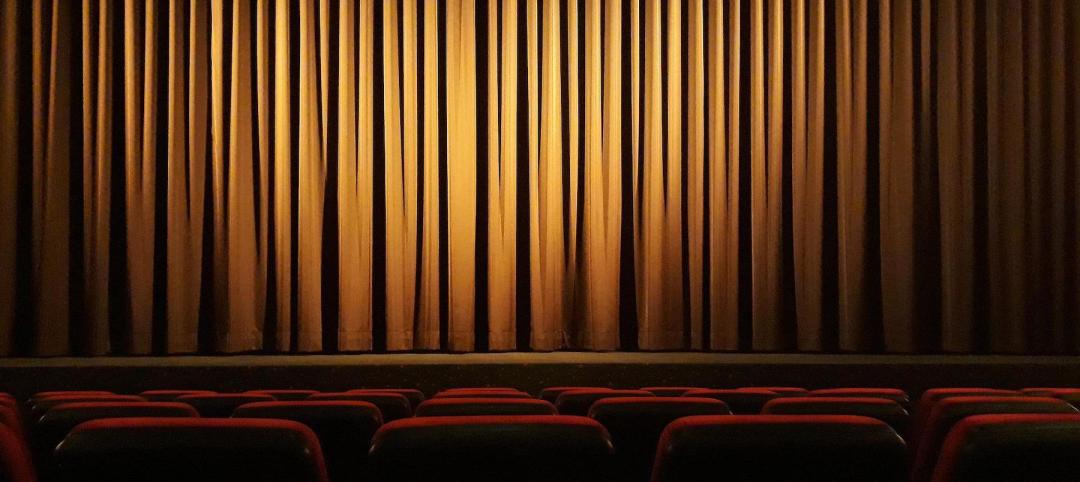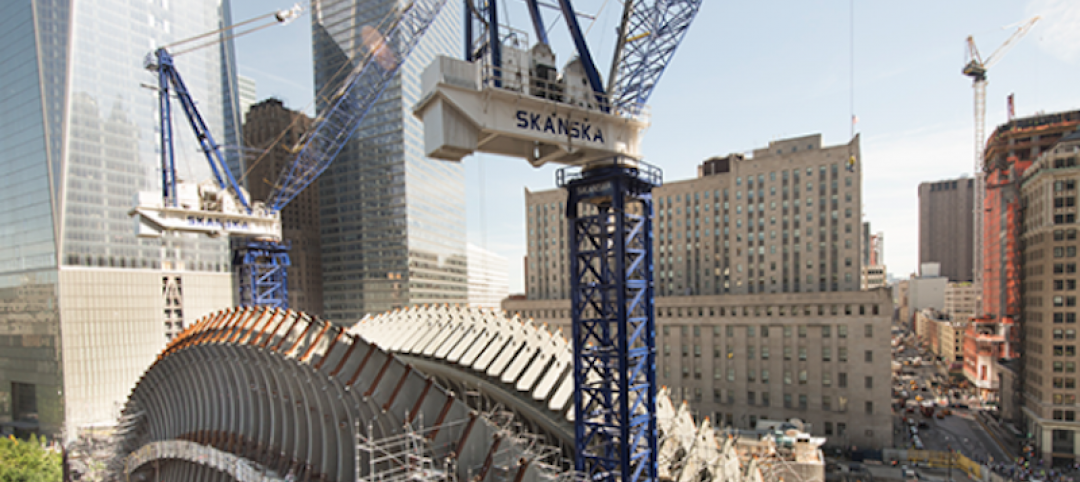Sustainability.
The word has crept into the mainstream of American life – from the food we eat and clothes we wear to the cars we drive and furniture we sit on. More and more consumers want to know what materials were used to make the products we buy and how they affect our bodies and the environment.
It’s a trendy term. The problem, however, is that it’s being used in so many different ways that people don’t even know what it means anymore. This is especially an issue in the construction, design and development industry, where it is often used interchangeably (and incorrectly) with “green.”
Sustainability is simply the ability of something to endure over time. At Skanska, we are committed to our purpose, “we build for a better society.” This captures our belief that our work comes with a responsibility to help our local communities thrive for generations to come. Certainly, things that help conserve the natural environment play a large role in contributing to sustainability; so too do economic and social factors. As a contractor and developer, we have an outsized ability to affect sustainability through green building practices, working safely and ethically, promoting diversity and inclusion where we work and giving back to the communities where we work.
We think that approach gives clarity to the sustainability discussion, and it allows us to help our customers make project decisions that best align with their sustainability goals. This is important as there are many misconceptions about how to incorporate sustainability elements into projects. Without careful planning, the choices may not deliver the hoped-for value.
Below is a list of the most common misconceptions when it comes to sustainability:
Myth 1: Sustainability is all about the environment
Sustainability absolutely includes things we call “green,” but there’s more to it. Social and economic considerations must be included, which is why we believe sustainability encompasses safety, ethics, community investment and diversity and inclusion. For example, ethics can greatly affect a company’s ability to stand the test of time. A company truly invested in sustainability needs to back up the words with action. For a building project, that might mean choosing materials produced in environmentally responsible ways by a properly paid labor force. Globally, there are too many examples of goods and materials manufactured in unsafe environments by an exploited workforce. Making the sustainable decision in this case has more to do with social equity than the environmental protection. Consumer surveys indicate that our customers prefer ethical companies. This area should get more attention.
Myth 2: Applying sustainability initiatives into a project plan is expensive
This myth most often refers to construction materials and systems. There’s good news: builders have been doing this for more than 20 years. The market for “sustainable” materials is strong. With the right planning, there is no reason for construction costs to be significantly higher than a baseline project.
Sometimes it makes sense to invest more upfront on high-quality items so that, in the long-term, you save money on efficiency and repair/maintenance costs. But, you have to consider the lifecycle of the project. You could spend too much money on a rainwater collection system to offset water use. If the savings in municipal water use will offset the cost of rainwater collection system in 100 years and you believe the system will work as designed for 50, it’s not a good investment. Focusing on more water efficient fixtures instead would be a better choice to lower water use.
On the flip side, if you can utilize systems that offer significant savings over the project life cycle, things pencil out differently. In our flagship office in the Empire State Building, we put in HVAC and water systems that were a bit more expensive upfront, but paid for themselves in less than half of the term of our lease, saving us a quarter of a million dollars over the life of the lease.
With realistic planning and an honest view of project life cycle, construction costs should not be affected.
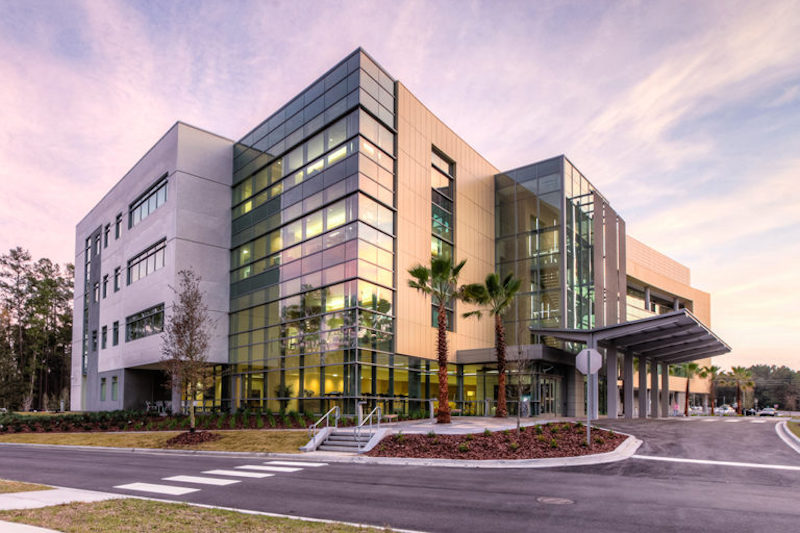 The UF Heart and Vascular Hospital opened earlier this year in Gainesville, Florida and is pursuing Green Globes certification — an assessment of environmental performance and sustainable design.
The UF Heart and Vascular Hospital opened earlier this year in Gainesville, Florida and is pursuing Green Globes certification — an assessment of environmental performance and sustainable design.
Myth 3: Sustainability measures will delay a project
How much planning was done ahead of time? If you didn’t consider a green roof or want to add solar panels to your project after it is completed designed, that’s going to affect schedule the way any design change would. If you decide midway through procurement that you want to focus on engaging more small businesses, but haven’t worked with your contractor to create bid packages that certified DBE businesses can handle, it’s going to affect schedule, as well. Sustainable elements do not delay projects; waiting to consider sustainable strategies too late in design and making changes that significantly impact a project’s scope delays projects.
Myth 4: Environmental, Health and Safety (EHS) departments handle sustainability initiatives for all projects
While the EHS group is critical to sustainability efforts by establishing project-specific environmental management systems (EMS), maintaining ISO 14001 certification and ensuring that the EMS is carried out in the field, sustainability begins long before the first spade hits the ground and crosses many areas of our business. Design managers work with design partners to create systems that match a customer’s sustainability aspirations. Outreach teams network with traditionally-underutilized businesses long before subcontractor bids are solicited. Estimators work to get the best pricing on the right materials. Sustainability isn’t the exclusive responsibility of any single department. It’s a corporate cultural commitment as much as a technical requirement. After procurement, operations looks for opportunities for efficiencies in means and methods, as well as reusing materials or descoping a project. Procurement managers work with vendors and subcontractors to make sure sustainability requirements are met and encourage our supply chain to reduce waste, decrease packaging and bring innovation to our sustainability program.
Once sustainability strategies have been put in place, the next step is to think about how to measure them.
To assess sustainability, we use certification systems like LEED for our building projects and, for infrastructure projects, the Envision Rating System to tell the story and explain to our stakeholders some of the benefits of our projects that may not be apparent to the public. A recent example of a project receiving Envision certification is the Interstate 4 (I-4) in Orlando, Florida.
In addition, certification systems can be used to benchmark our projects and look for opportunities to further reduce material waste, increase operational efficiency, lessen negative impacts, mitigate risks and invest in the community.
The goal is to always plan and execute work within budget, on schedule, with minimal negative impacts and maximum positive impacts, both in construction and the operations and maintenance of the asset.
All projects should be thinking about sustainability from conception. The sustainability conversation should start at the very beginning of a project and continue all the way through to execution to achieve the full benefits: making the best investment that contributes to the overall health and prosperity of our customer’s business and community for years to come.
More from Author
Skanska | Sep 26, 2024
5 lessons in water mitigation for mass timber projects
Sustainability leaders from Skanska, RDH, and Polygon share five tips for successful water mitigation in mass timber construction.
Skanska | May 6, 2024
The benefits of biophilic design in the built environment
Biophilic design in the built environment supports the health and wellbeing of individuals, as they spend most of their time indoors.
Skanska | Dec 4, 2023
4 key innovations and construction trends across airport design
Here are some of the key trends Skanska is seeing in the aviation sector, from congestion solutions to sustainability.
Skanska | Jun 29, 2023
K-12 school construction: 5 ways strong community relations can lead to success
When constructing a K-12 school, building positive relationships with the community—including students, parents, school staff and residents—is critical to the success of the project. Here are five ways Skanska puts the community first when building K-12 schools in the Pacific Northwest.
Skanska | Mar 14, 2023
Skanska tests robots to keep construction sites clean
What if we could increase consistency and efficiency with housekeeping by automating this process with a robot? Introducing: Spot.
Skanska | Jan 27, 2023
Key takeaways from Autodesk University 2022
Autodesk laid out its long-term vision to drive digital collaboration through cloud-based solutions and emphasized the importance of connecting people, processes and data.
Skanska | Dec 5, 2022
5 ways sustainability professionals can help reduce construction's carbon footprint
Mark Chen, Sustainability Manager at Skanska, has found five specific ways to help the construction industry reduce its carbon footprint.
Skanska | Jul 5, 2022
Tour the new Patricia Reser Center for the Arts in Oregon
This month, the community of Beaverton, Oregon, welcomed a new haven for artistic expression with the opening of Patricia Reser Center for the Arts (The Reser).
Skanska | Jun 22, 2018
What owners should know before choosing the design-build project delivery method
Outside of drawing up a well-written contract, owners often overlook a key attribute that can significantly impact the success of a design-build project, writes Skanska’s Julie Hyson.
Skanska | Aug 15, 2016
Future proofing hospitals
By improving the physical layout of hospitals and medical facilities, we can enhance and increase safety mechanisms, improve care, and help reduce the exposure to medical errors, writes Skanska USA's Andrew Quirk.

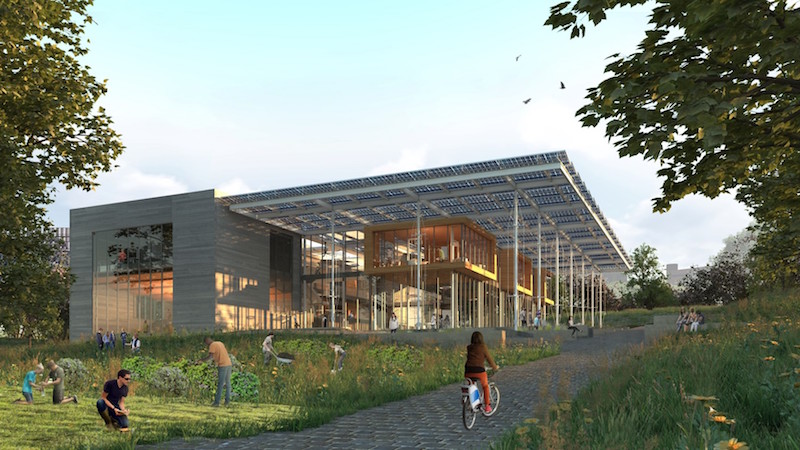

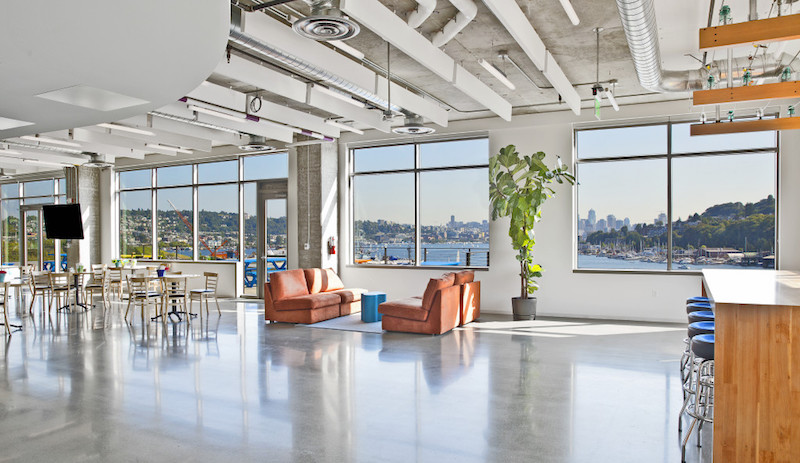 Last year, Stone 34 completed Seattle’s Deep Green Pilot Program.
Last year, Stone 34 completed Seattle’s Deep Green Pilot Program.